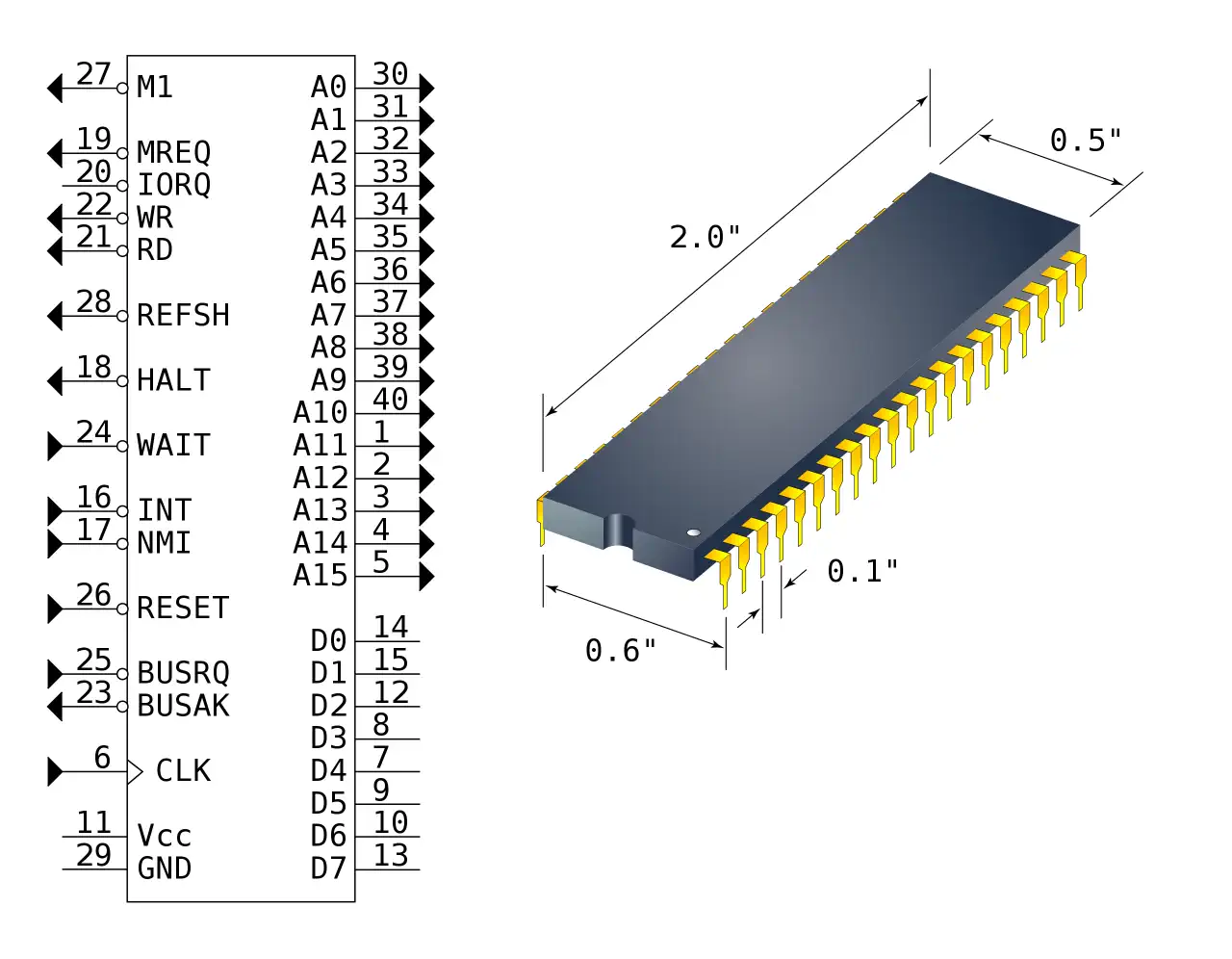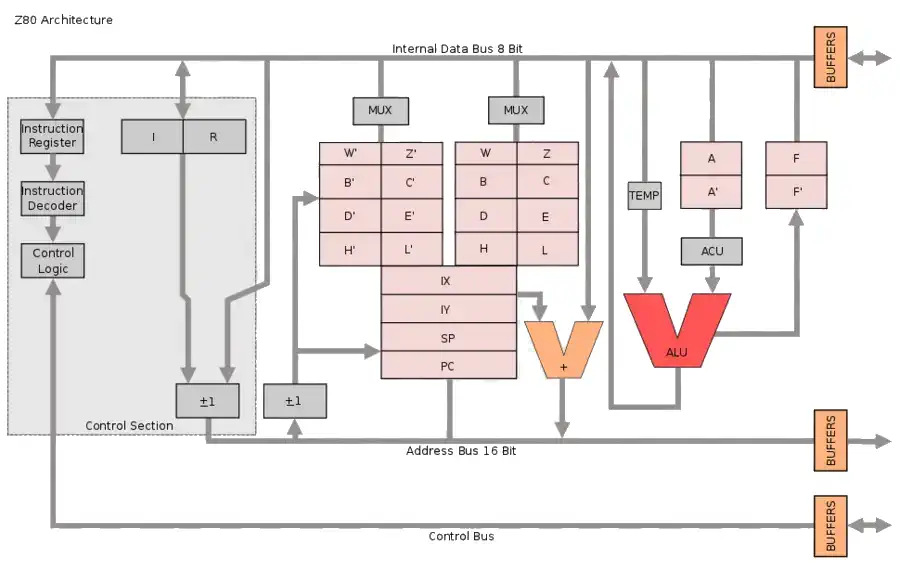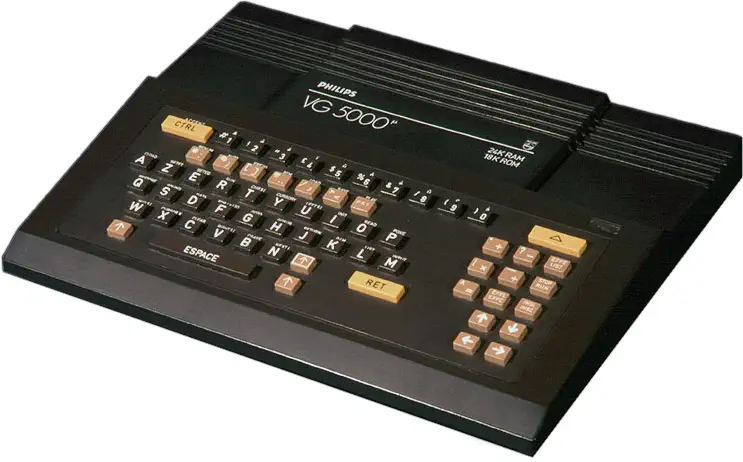Introduction
The philips VG5000 was created by Philips in 1984. It was manufactured in Le Mans by Radio Technique (RTS) and marketed under various brands: Philips, Radiola and Schneider.
The VG5000 had VG5000 BASIC built in ROM, which was a variant of Microsofts BASIC-80. The machine was not compatible with any other machines on the market and only about 300,000 units were sold, mostly to schools.
Connectors:
- DIN5 cassette connector 1200/2400 baud
- DIN8 Scart connector
- 2x25 pin bus connector for expansion
Available Peripherals:
- VG 5200: Joystick Interface
- VU 0001: Joystick
- VU 0031: 16K RAM extension
- VG 5216: Extension module with serial port and 16K RAM
- VU 0011: TV Modulator for UHF SECAM
- VW 0010: 40 column printer
- VW 0020: 80 column printer
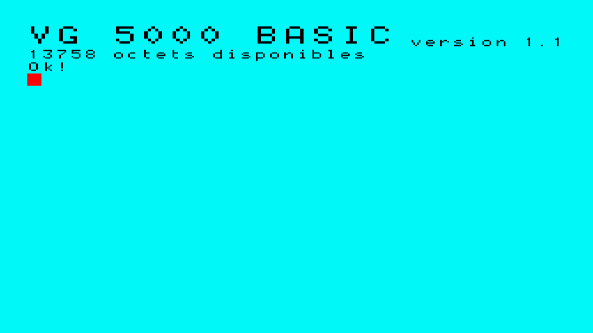
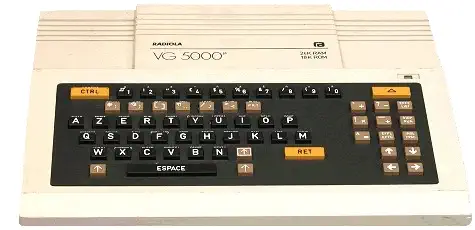
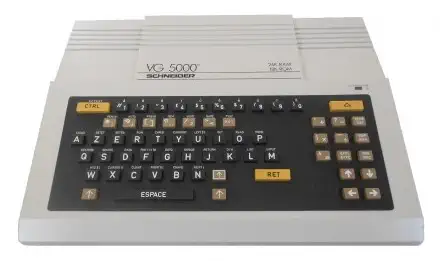
CPU View - Zilog Z80 Family
The Z80 quickly became popular in the personal computer market, with many early personal computers, such as the TRS-80 and Sinclair ZX80, using the Z80 as their central processing unit (CPU). It was also widely used in home computers, such as the MSX range, SORD, and the Amstrad CPC, as well as in many arcade games. Additionally, it was also used in other applications such as industrial control systems, and embedded systems. The Z80 was widely used until the mid-1980s, when it was gradually replaced by newer microprocessors such as the Intel 80286 and the Motorola 68000.
The Z80 microprocessor was developed by Zilog, a company founded by Federico Faggin in 1974. The Z80 was released in July 1976, as a successor to the Intel 8080. It was designed to be fully compatible with the 8080, but also included new features such as an improved instruction set, more powerful interrupts, and a more sophisticated memory management system.
The Z80 quickly became popular in the personal computer
